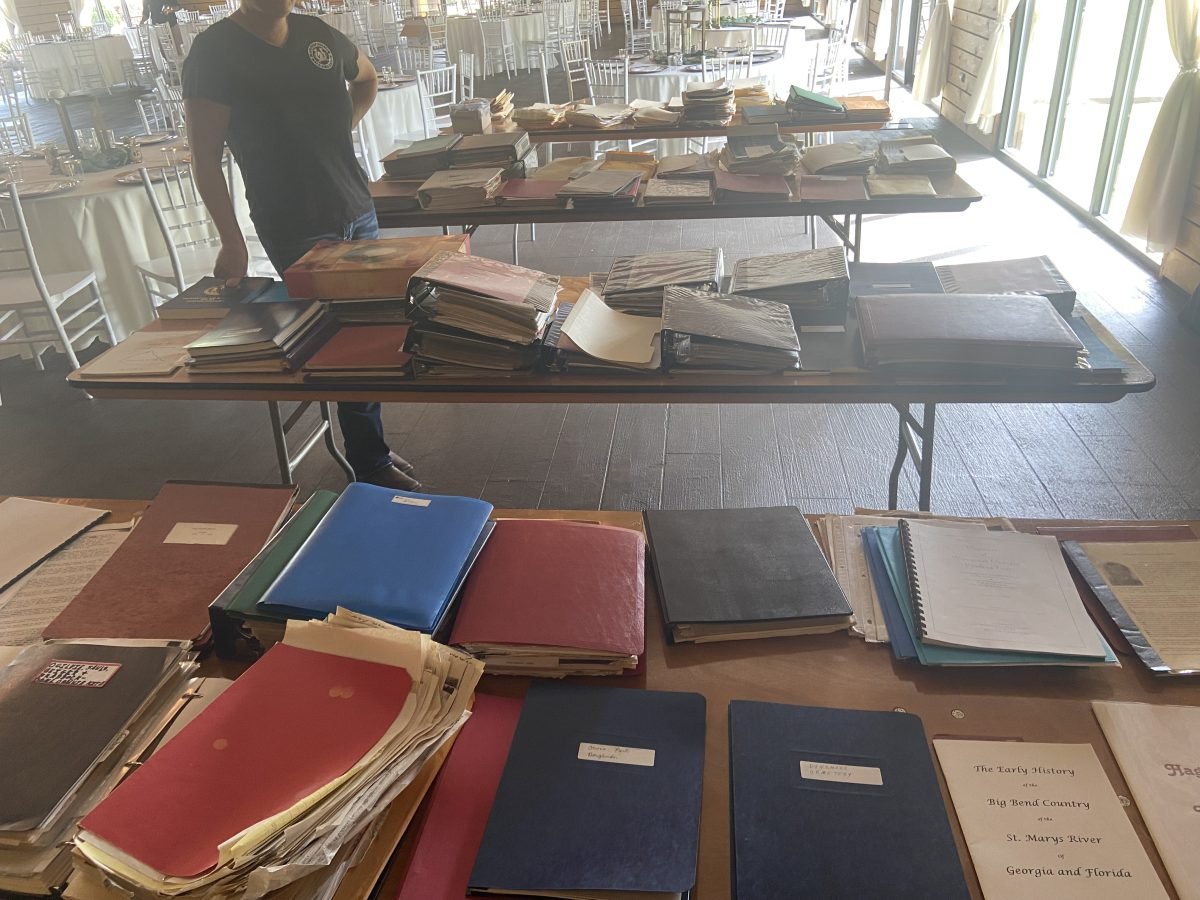Properly Storing and Protecting Your Genealogy Materials
Once you’ve assessed, organized, and digitized your genealogy materials, it’s essential to ensure that your physical records are stored properly to prevent damage and deterioration over time. Proper storage is crucial for preserving your family’s legacy and ensuring that future generations can access and appreciate the rich history contained within these valuable documents. In this article, we’ll discuss the best practices for storing and protecting your genealogy materials, keeping them safe and secure for years to come.
Choose archival-quality materials:
When storing your genealogy materials, opt for acid-free, lignin-free, and archival-quality storage materials such as folders, boxes, and sleeves. These materials are designed to protect your documents from damage caused by acidity, moisture, and light, ensuring their longevity.
Protect photographs and documents:
Place photographs and documents in clear, acid-free, plastic sleeves or enclosures to shield them from dust, dirt, and fingerprints. For added protection, consider using archival-quality photo corners or mounting strips when attaching photos to album pages or mat boards.
Use acid-free labels and pens:
Label your folders, boxes, and enclosures with acid-free labels and pens, which won’t damage your materials over time. Archival-safe pens and pencils can also be used to label the materials themselves, if necessary.
Store materials in a cool, dry, and dark environment:
To prevent deterioration, store your genealogy materials in a cool, dry, and dark environment. Ideal storage conditions include temperatures between 65 and 70°F (18-21°C) and a relative humidity of 35-50%. Avoid storing materials in basements, attics, or garages, where temperatures and humidity levels can fluctuate dramatically.
Keep materials away from direct sunlight:
Prolonged exposure to direct sunlight can cause fading, discoloration, and other damage to your genealogy materials. Store your materials in a location that doesn’t receive direct sunlight, or use UV-filtering glass or acrylic for framed items on display.
Guard against pests and mold:
Ensure that your storage area is free from pests and mold, which can cause significant damage to your materials. Regularly inspect your storage area for signs of infestation or mold growth, and address any issues promptly.
Organize materials by categories:
Store your genealogy materials according to the categories and organization system you developed during the organization process. Keeping materials organized in this manner will make it easier to locate specific documents or records when needed.
Maintain an inventory:
Create and maintain an inventory of your stored genealogy materials, noting the location and contents of each folder, box, or enclosure. This inventory will serve as a reference guide, helping you quickly locate materials and ensuring that nothing is misplaced or lost.
Update your storage methods as needed:
As technology and preservation techniques evolve, consider updating your storage methods to ensure that your genealogy materials remain protected and secure. Stay informed about advances in archival materials and best practices for storing and preserving genealogy materials.
Properly storing and protecting your genealogy materials is a critical aspect of preserving your family’s history for future generations. By following the best practices outlined in this article, you can ensure that your precious records, documents, and photographs are safeguarded against damage and deterioration, allowing your family to appreciate and explore their rich heritage for years to come.

